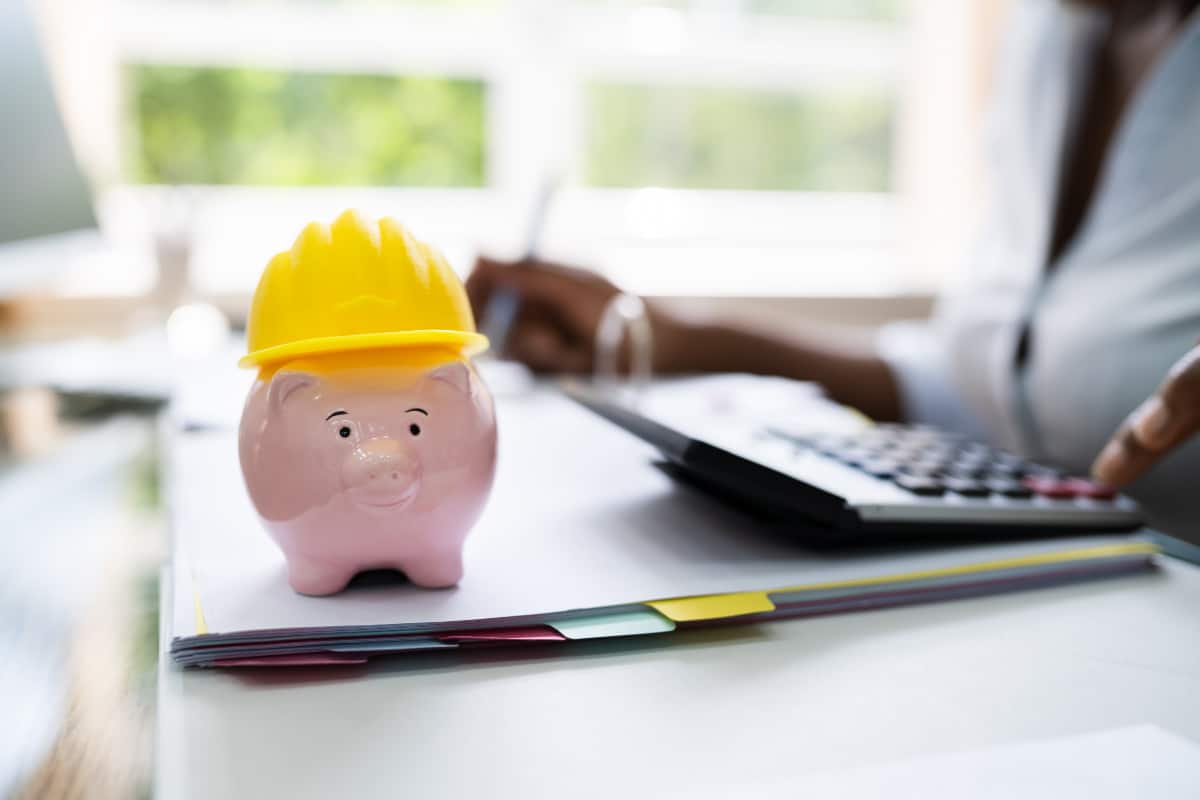As our global population grows, the needs of cities and individuals become ever more complex. The construction industry must move beyond traditional practices to more sustainable approaches to meet these needs in an efficient and environmentally friendly way.
What is Sustainable Construction?
Sustainable construction practices use materials, processes, and techniques that have a decreased impact on the environment. By reducing environmental pollution and incorporating clean, renewable energy sources, sustainable construction allows us to develop our environment without compromising the health and well-being of future generations.
Sustainable construction also includes using recycled materials, which can help reduce waste sent to landfills. Additionally, sustainable construction practices reduce energy consumption and water and air pollution. With these methods, we can create healthier, more eco-friendly environments.
The Benefits of Sustainable Construction Practices
Sustainable construction systems are often more durable and better suited to changing weather conditions. They are easier to maintain over long periods of time, leading to lower maintenance costs and less disruption in day-to-day life. Plus, energy efficiency is dramatically improved, reducing the cost of bills and the amount of energy consumed to run a given building.
Additionally, sustainable construction practices can reduce a building’s environmental impact. By using energy-efficient building techniques and materials sourced from renewable sources, we reduce the amount of carbon emissions produced by a project.
For example, using locally produced construction materials reduces the typical environmental impact of transportation emissions associated with shipping supplies nationally and internationally.
Sustainable construction practices can also reduce the waste generated during the construction process. By using recycled materials like steel and concrete, we reduce the production of new materials. Renewable energy sources like solar and wind power help reduce our reliance on fossil fuels, lessening our carbon footprint.
The economic benefits of sustainable construction go beyond simple cost-savings related to energy efficiency. Increased demand for sustainable options means you can command higher prices for certified “green” buildings. Plus, increased demand opens the door for job growth in construction fields like green engineers and sustainable architecture. By using recycling schemes and local labor, you can reduce costs AND deliver premium results.
How to Implement Sustainable Construction Practices
When implementing sustainable construction practices, it’s important to consider approaches beyond simple energy savings. Start by examining your existing building process. Where can you encourage waste reduction and the reuse of materials?
From there, work with local certifying agencies to ensure buildings comply with the latest industry standards. To lower energy use even further, you can also incorporate sustainable technology like LED lighting and smart meters. Additionally, consider how you can begin incorporating renewable energy sources like solar and wind power over traditional ones.
Furthermore, you can research recycling centers and reuse initiatives to establish relationships with local suppliers. Use existing materials like steel beams and bricks rather than purchasing new ones to reduce transport emissions and the associated costs.
Finally, look for ways to reduce water consumption, such as installing low-flow fixtures and embracing water-efficient landscaping techniques. By taking these steps, you ensure more sustainable groundwork for every construction project.
Challenges with Implementing Sustainable Construction Practices
As with any large project, challenges arise. One major challenge with sustainable construction practices is the increased costs of implementing greener systems. Additionally, it may be difficult or time-consuming to source certain materials or certified services that meet sustainability standards.
Another challenge is the need for long-term commitment. Sustainability practices require a long-term investment—time, money, energy, and mindset—to be successful. Your team must be willing to commit to the project for the long haul, ensuring that sustainable practices are implemented correctly.
Opportunities for Learning More
If you’re looking to learn more about sustainable construction practices, plenty of resources are at your disposal. The U.S. Green Building Council offers numerous certifications to help you obtain comprehensive knowledge about sustainable building practices.
Online green building courses cover topics including energy efficiency, waste reduction, healthy living practices, and more. Green building blogs also provide plenty of valuable insights to assist you in learning more about eco-friendly living.
Embracing sustainable construction practices is an excellent way to differentiate yourself from the competition, reduce your impact on the environment, achieve positive publicity, and uncover potential cost savings. That being said, effective bookkeeping and financial reporting are crucial if you want your business to succeed at the cutting edge of sustainability.
At New Lyfe Accounting, we offer customized financial services exclusive to construction organizations. From day-to-day bookkeeping to high-level CFO services, we provide strategic partnerships that support your goals for growth. Whether you’re an established firm or an up-and-coming contractor, there’s a way to work with NLA – and it all starts by scheduling a free strategy session.


